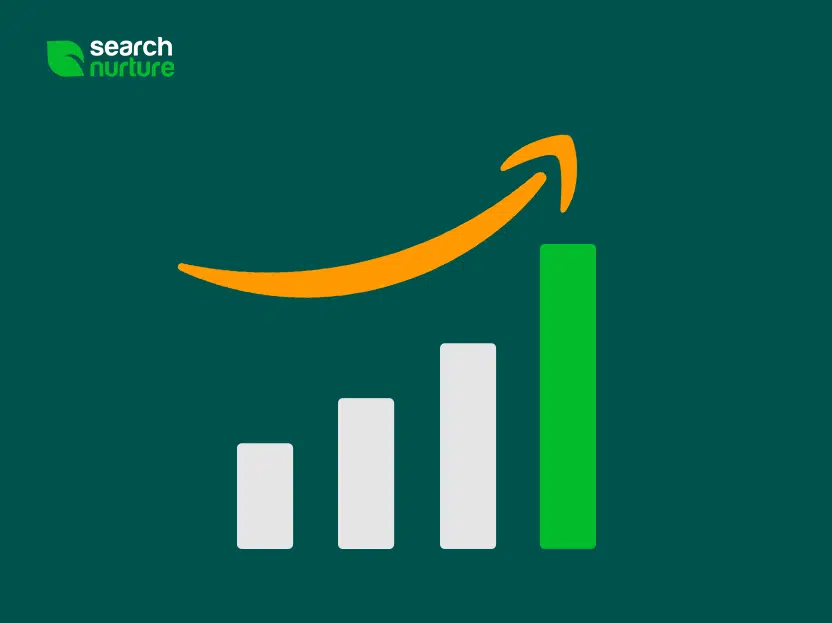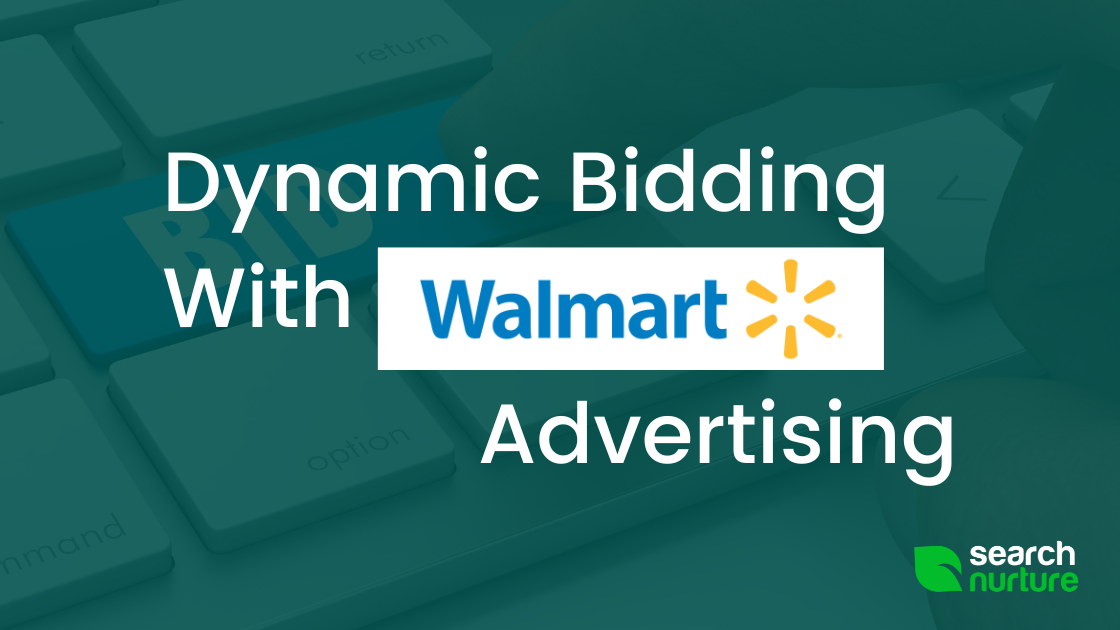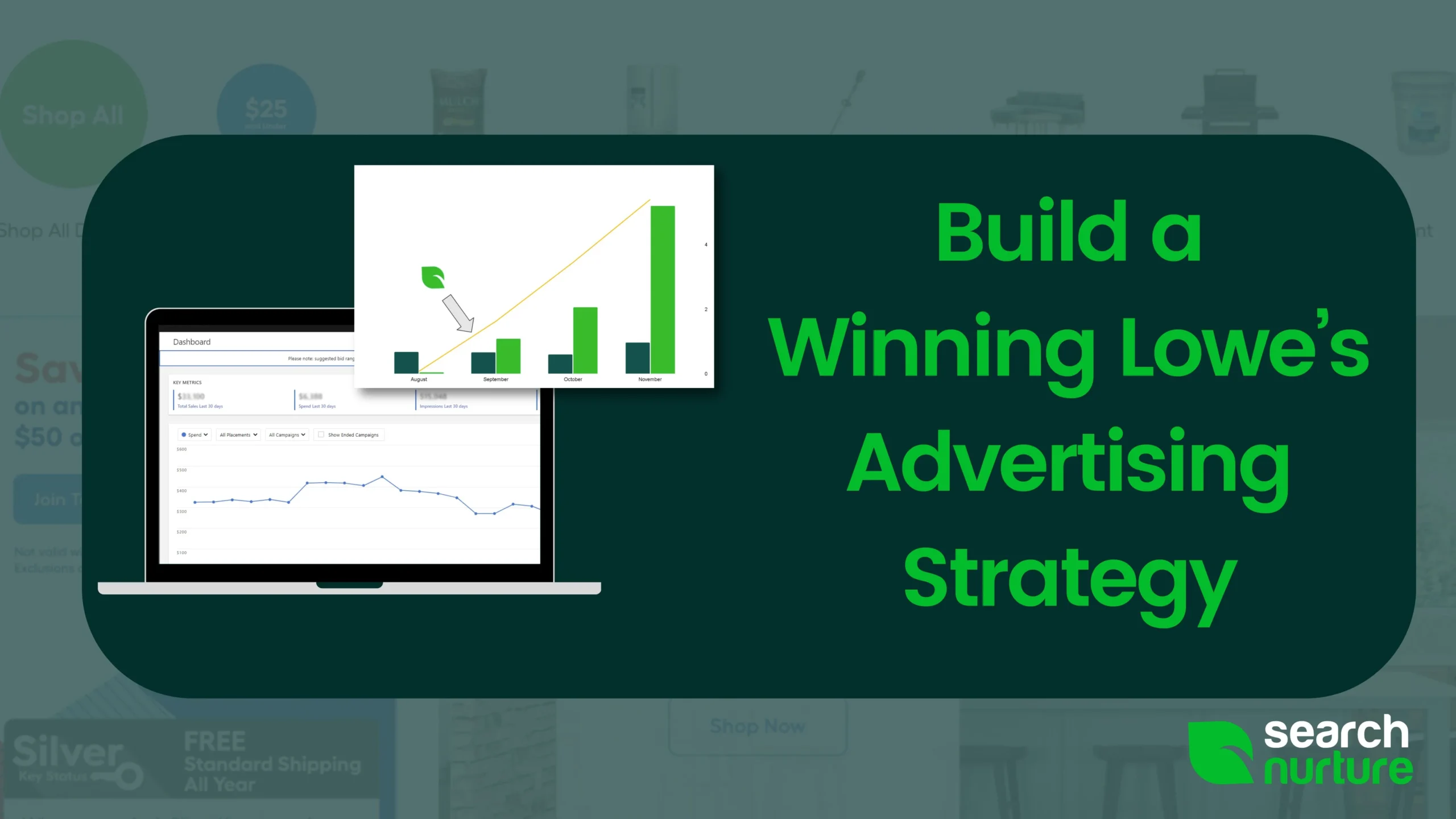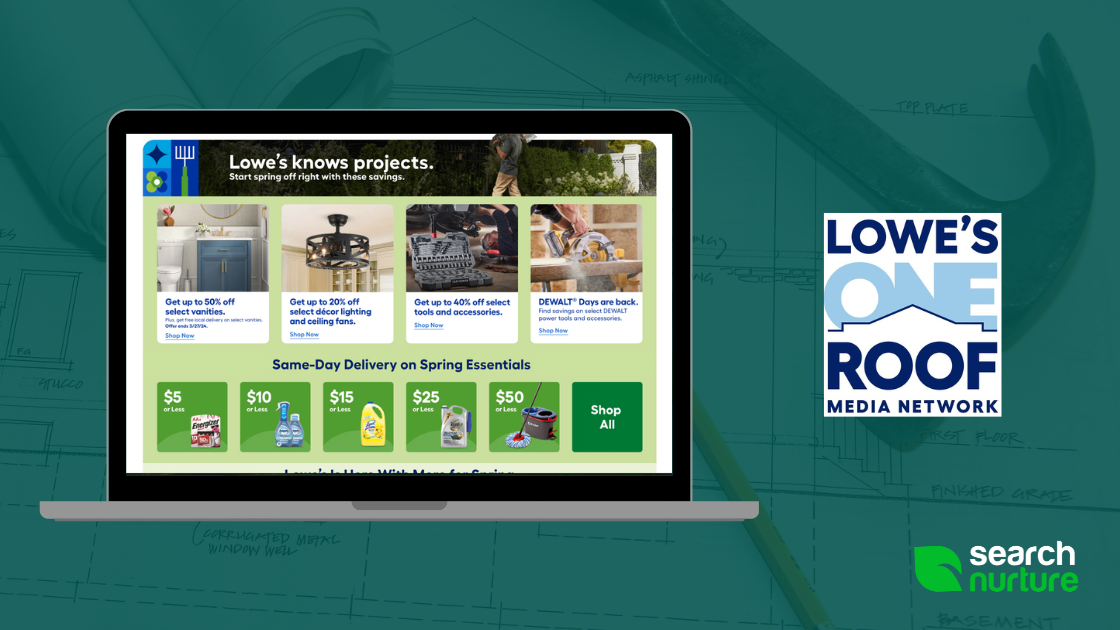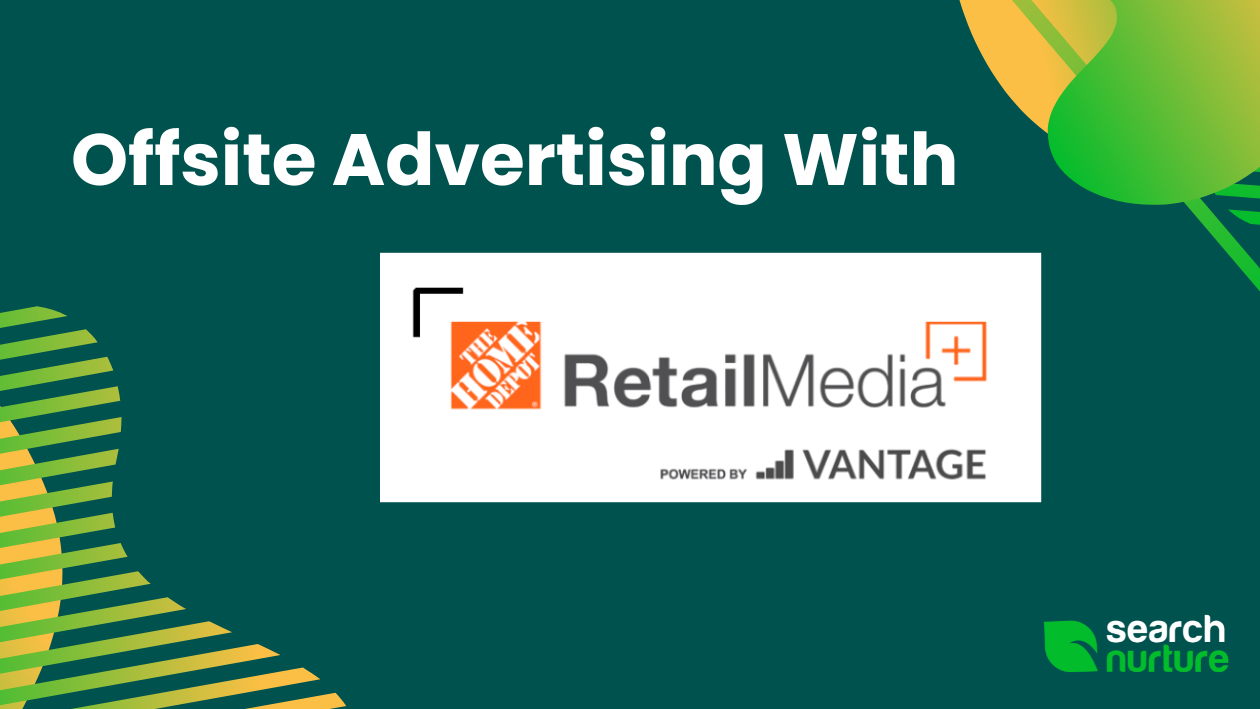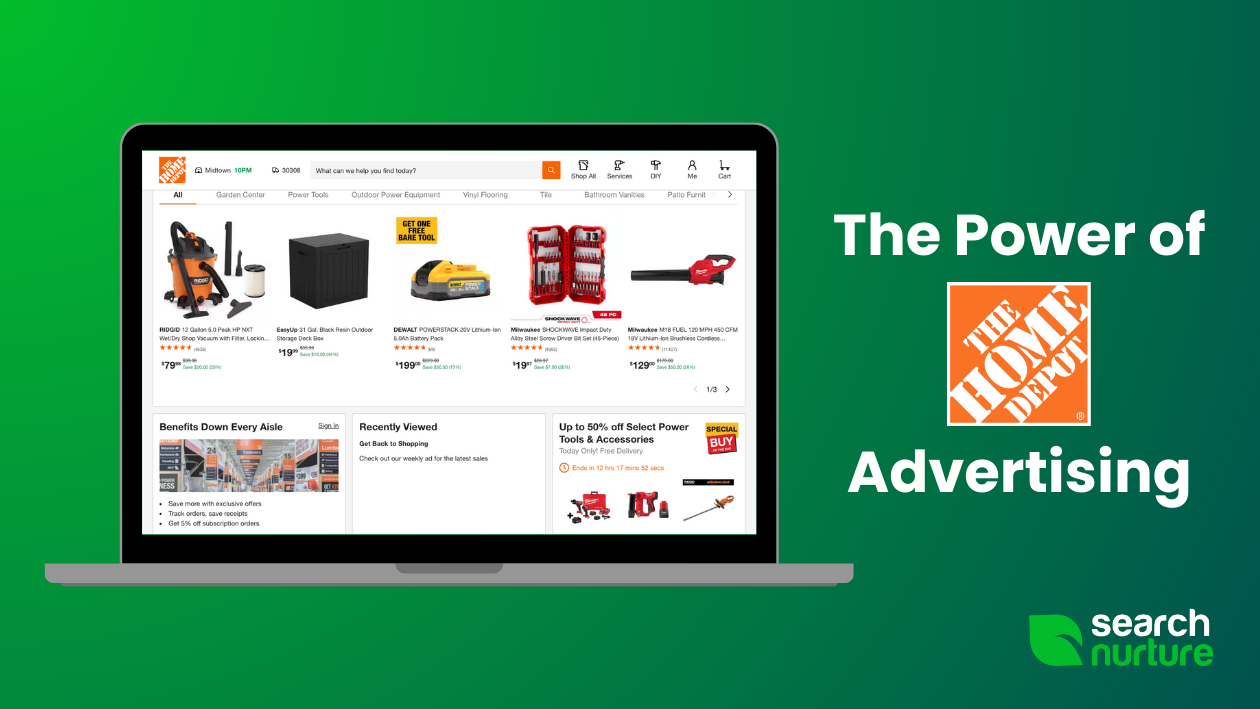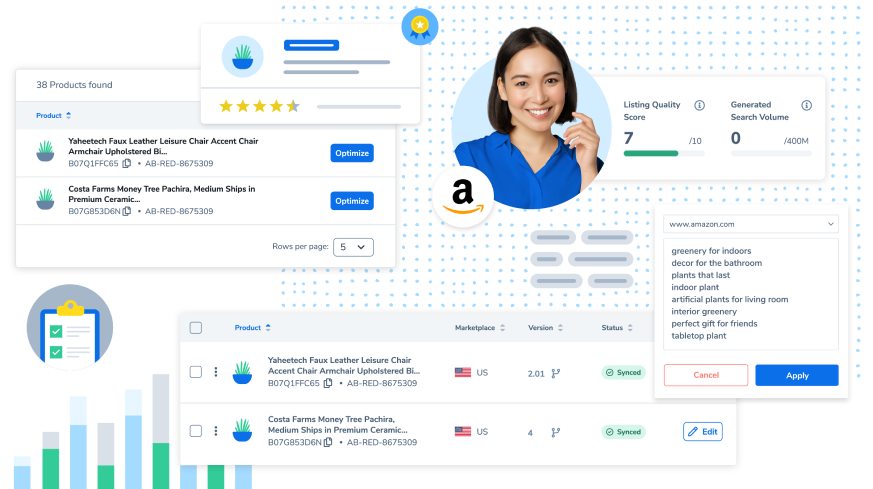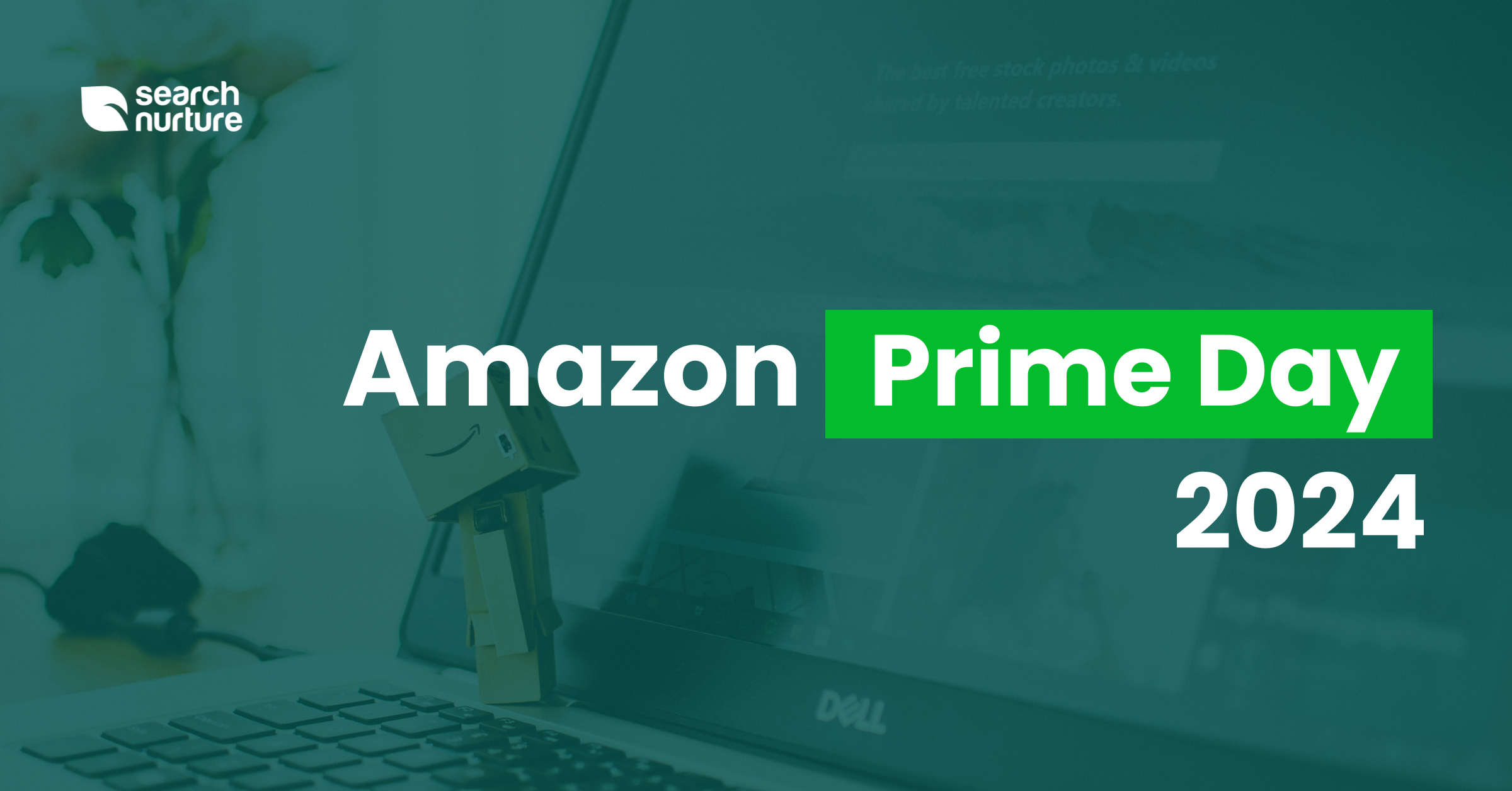Amazon PPC Metrics
When creating a campaign with Amazon Advertising (formerly AMS), you need to ensure its profitability. To do so, you have to read and correctly interpret the data your campaigns are generating on a daily basis.
You can determine the success of your campaigns in a series of Amazon PPC metrics. These include:
- Average Cost of Sale (ACoS)
- Impressions
- Clicks
- Click-Through Rate (CTR)
- Total Spend
- Overall Sales
- Cost Per Click (CPC)
- Conversion Rate—which
- Amazon calls Order Session
- Percentage (OSR).
This post will help you understand how these PPC metrics work and how to use them to optimize your campaigns and increase your profits.
Average Cost of Sale (ACoS)
For many advertisers, ACoS, or Average Cost of Sales, is the most important of Amazon PPC metrics. ACoS is measured as a percentage showing you how much a sale costs you in advertising money:
ACoS = $ Spent on Advertising / $ made in Sales
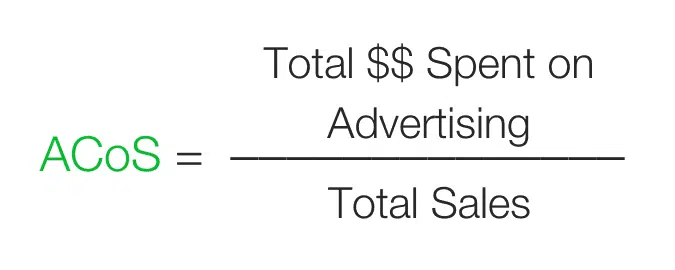
From the above formula, it becomes clear that the lower your ACoS, the better your Ad is performing. A theoretical ACoS of zero would mean you spend nothing, yet make a sale.
The importance of ACoS lies in its ability to let you know at a glance whether your Ad is profitable or not.
On its own, ACoS is just a number. To use it, you need to keep in mind two further metrics: your Break-Even ACoS and your Target ACoS.
Your Break-Even ACoS is the point where an Ad neither makes nor loses money. Any ACoS lower than your that is profitable. Conversely, any ACoS higher than that is costing you money.
Your Target ACoS is your ideal ACoS—how much your profit should be for a particular product.

You can use Break-Even ACoS and Target ACoS to determine what the right ACoS is for your Ad campaigns:
- Any ACoS lower than your Target ACoS further increases your profit margin.
- Any ACoS higher than your Target ACoS but lower than your Break-Even ACoS is profitable, but eats into your profits.
- And any ACoS higher than your Break-Even ACoS is making a loss.
Impressions
Impressions refer to the number of times your Ad has been displayed.
If this metric is too low, it may be because your bid is too low and you keep getting outbid, in which case you could raise your bid. However, it may also indicate that you are using the wrong keywords for your audience. Quite often, these will be too specific keywords, in which case you may need to add some more widely used ones.
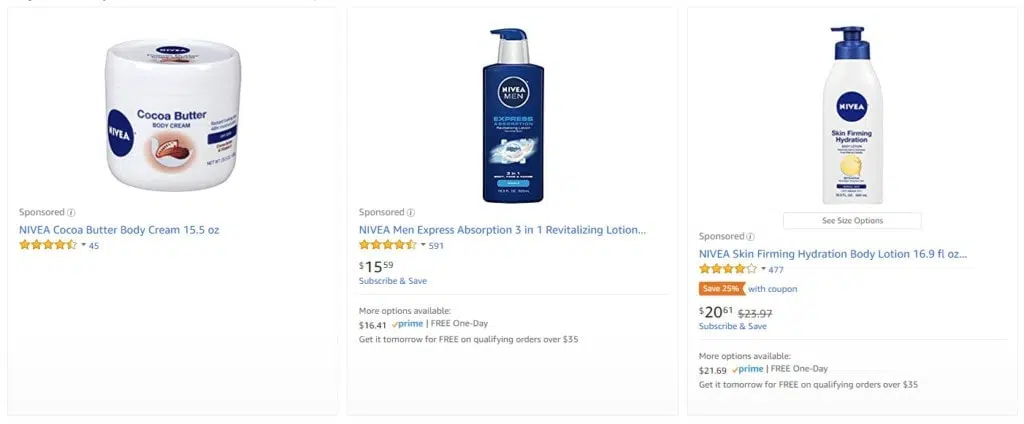
You also have to keep an eye on the clicks, as a campaign with many impressions but few clicks suggests you are not targeting the right people.
Clicks
Clicks refer to the number of times people have clicked on your Ad. This, along with the number of impressions, is important to know for two reasons:
- A high click rate with low sales indicates a problem on your product page. Your Ad sends people to your page, but something then makes them leave without making a purchase. This indicates that you are either targeting the wrong people, or that you need to improve your product page.
- A low click rate with high impressions suggests a problem with your targeting: a lot of people view your Ad but are not interested in purchasing your product. This is usually due to a poor keyword selection: the keywords used to target the audience are not matching the user intent. You should reevaluate your chosen keywords.
Click-Through Rate (CTR)
To better understand how good your Ad is, you can use Click-Through Rate (CTR). CTR is the ratio between an Ad’s Clicks and its Impressions: Click-Through Rate = Clicks / Impressions
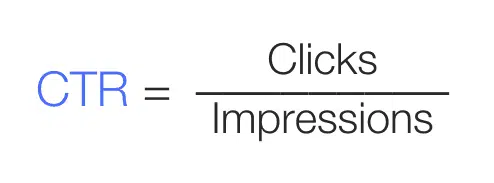
A high CTR is generally better, as it means that your Ad is compelling enough for shoppers to click through.
Conversely, a lower CTR means that your Ad is not enticing enough. You could change the Ad copy, your product image, or the position of your Ad to improve your CTR. You could also compare your Ad to your competitors’ to find out what needs to be optimized in order for it to stand out.
When optimizing your keywords, CTR is a good place to start. You can pause any keywords with a CTR under 10%, as these keywords have failed to generate any interest in your product.
Total Spend
Total Spend is the amount of advertising money you have spent on your campaigns. To improve your profits, this needs to be as low as possible. However, a total spend that is too low means your campaigns are failing to display. This can be as big a problem as an unprofitable campaign, so you need to examine your targeting and keywords for ways to increase your campaigns’ Impressions.
Overall Sales
Overall Sales include both sales that come through your Ads and organic ones (sales generated not as a result of someone clicking on your Ad). A healthy ratio between Advertising Sales and organic ones is 6:4.
Average Cost Per Click
Cost Per Click (CPC) is the amount of money you spend every time someone clicks on your Ad. A product selling for $0.99 cannot possibly afford a high CPC, but a product selling for $99 can. When you optimize your Ads, always keep in mind how much you expect to make from a sale.
Instead of a simple CPC, Amazon uses a metric called an Average CPC (aCPC). The difference is that it calculates the average CPC for all of your keywords, giving you a total for your campaign.
Order Session Percentage (Conversion Rate)
Your conversion rate is the percentage of shoppers who have clicked on your Ad and moved on to buy your product. This can greatly vary for different marketplaces and products.
Amazon calls conversion rate “Order Session Percentage.” This is calculated by dividing the number of orders by the number of times people visited your listing including return visitors (“Sessions”) to get a percentage: Order Session Percentage = Number of Orders / Number of Visits

This percentage can vary from 4% to 50% depending on the category. Some market research shows the average CVR on Amazon PPC to be 9.6%, while the e-commerce one is 1.33%.
Order Session Percentage is important for two reasons:
If people click on your Ad but fail to purchase your product, you may need to take another look at your product page and identify areas to optimize.
Amazon factors in your Conversion Rate when determining your Ad’s ranking—which, in turn, decides how often your Ad will be displayed.
Wrap Up
The only way to ensure the success of your Ads is by keeping an eye on Amazon PPC metrics at all times. However, not many manufacturers have the time—or inclination—to do so.
Ask yourself: do you want to become a full-time Amazon Advertising expert or would you rather focus on creating a killer product?
Your job should be the latter, just as the former is our job. So, why not focus on what you do best and let us promote your awesome product on the world’s biggest online store? You’ll be glad you did.


